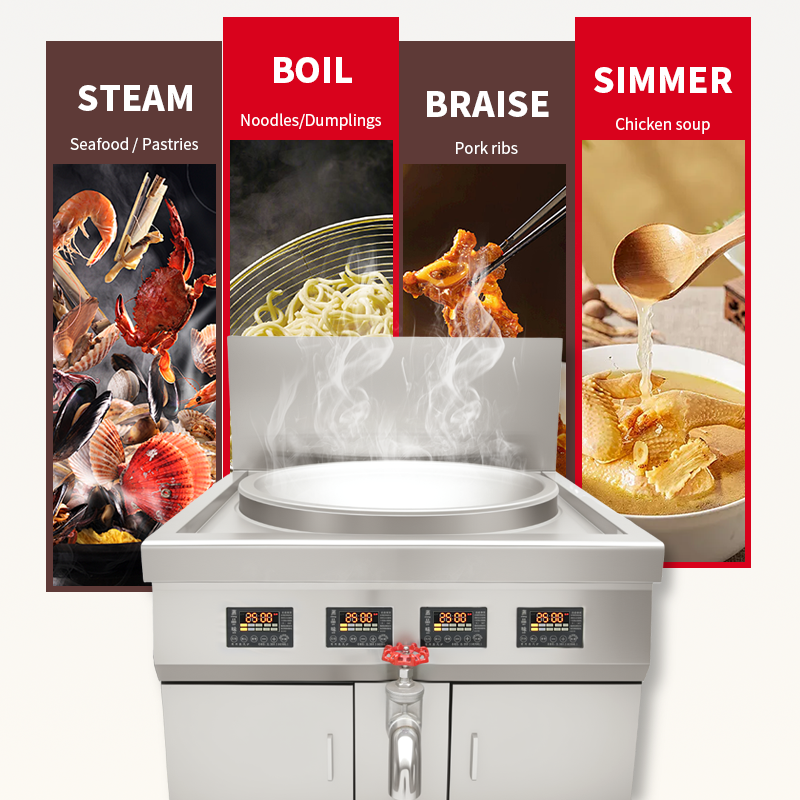Global Commercial Kitchen Equipment Market Panoramic Analysis (2023-2025)
I. Commercial Kitchen Equipment Market Status: Structural Opportunities Amid Steady Growth
Market Size and Dynamics
The global commercial kitchen equipment market will reach US$32.5 billion in 2023, with a stable compound annual growth rate of 5.8%.
The Asia-Pacific engine effect is evident: The expansion of the catering industries in China and India has driven the region's share to exceed 30% of the global total, with China leading the global market growth (CAGR of 7.2%).
Policy-driven upgrades: The mandatory implementation of energy efficiency standards in Europe and the United States (such as ENERGY STAR) is accelerating the phase-out of outdated, high-energy-consuming equipment.
The logic behind the demand upgrade for commercial kitchen equipment
The evolving catering industry (fast food/central kitchens/pre-prepared food factories) is forcing equipment upgrades, making energy conservation and consumption reduction a top purchasing priority (NRA research shows that 72% of buyers list this as a primary criterion).
II. Customer Demand for Commercial Kitchen Equipment: Scenario-Based Solutions Become Key to Competitiveness
Customer Type: Core Needs and Pain Points
Typical Commercial Equipment Requirements
Chain Restaurants: Efficient Standardization, Equipment Durability, Fully Automated Cooking Lines (12+ Hours of Operation Daily)
Hotels/High-End Restaurants: Aesthetic Compatibility, Multi-Energy Compatibility, Customized Quiet Equipment (Gas/Electric Dual Mode)
Schools/Hospitals: Safety and Volume Supply Capabilities, Anti-Scalding and Anti-Slip Equipment (300+ Servings/Hour)
Coffee and Tea Shops: Space Conservation, Operational Precision, Intelligent Temperature Control (±1°C Accuracy)
III. Technological Evolution of Commercial Kitchen Equipment: Intelligent and Flexible Design Lead Innovation
IoT Penetration Accelerates
Equipment Connectivity Exceeds 40%, with Remote Monitoring Becoming Standard (e.g., Rational Oven iCombi Pro System)
Predictive Maintenance Reduces Downtime Costs, Improving Energy Management Efficiency by 35%+
Modular Revolution
Flexible Combination Design Addresses Space Constraints (Example: Alto-Shaam Flex Series)
The equipment replacement cycle for the fast food industry has been shortened to 3-5 years (compared to approximately 8 years for traditional restaurants).
IV. Regional Landscape of Commercial Kitchen Equipment: Differentiated Evolution of Three Market Tiers
Market Type: Core Region, Characteristics, and Growth Logic
Mature Market: North America (US holds 28% of global market share). Fast food culture drives the evolution of automated equipment (McDonald's/Starbucks ecosystem).


